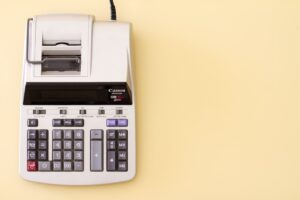Understanding Forex Highest Leverage: How It Works and Its Risks
In the world of forex trading, leverage plays a crucial role in determining the potential profitability of a trade. Leverage allows traders to control a larger amount of currency than the capital they have in their trading account. This can be a double-edged sword, as it magnifies both profits and losses. Among the various leverage options available to traders, the highest leverage is often considered the riskiest. In this article, we will explore how the highest leverage works in forex trading and the potential risks associated with it.
Leverage, in simple terms, is a loan provided by the broker to the trader. It enables traders to open larger positions with a relatively smaller amount of capital. For example, with a leverage of 1:100, a trader can control $100,000 in currency with just $1,000 in their trading account. This leverage ratio is commonly referred to as 100:1 leverage.
The highest leverage available in the forex market can be as high as 1:1000 or even more. This means that traders can control a significantly larger amount of currency with a very small portion of their own capital. While this may sound enticing, it is important to understand the risks associated with such high leverage.
One of the main risks of using the highest leverage is the potential for significant losses. Forex markets can be highly volatile, and even a small adverse movement in the market can result in substantial losses when using high leverage. It is essential for traders to have a proper risk management strategy in place to mitigate these risks. This includes setting stop-loss orders to limit potential losses and avoiding overexposure to a single trade.
Another risk associated with high leverage is the possibility of margin calls. Margin is the amount of money required to keep a trade open. When the account equity falls below a certain level, known as the margin level, brokers may issue a margin call. This means that traders need to deposit additional funds into their account to cover the losses or risk having their positions forcibly closed by the broker. Margin calls can be financially devastating if traders are not prepared for them.
Furthermore, high leverage can lead to psychological pressures on traders. When trading with a significant amount of leverage, even a small move against the trader’s position can cause panic and emotional decision-making. It is crucial for traders to remain disciplined and stick to their trading plan, regardless of the leverage used.
Despite the risks involved, high leverage can also provide opportunities for substantial profits if used wisely. Traders who understand the market dynamics and have a solid trading strategy can benefit from the amplification of their gains. However, it is important to note that achieving consistent profitability with high leverage requires experience, skill, and thorough market analysis.
To minimize the risks associated with high leverage, traders should consider using lower leverage ratios that suit their risk appetite and trading style. It is advisable for beginners to start with lower leverage and gradually increase it as they gain experience and confidence in their trading abilities.
In conclusion, understanding forex highest leverage is crucial for any trader entering the forex market. While it offers the potential for significant profits, it also carries substantial risks. Traders must carefully assess their risk tolerance, establish a robust risk management strategy, and avoid excessive leverage to protect their capital. By doing so, they can navigate the forex market with a higher level of confidence and increase their chances of long-term success.






